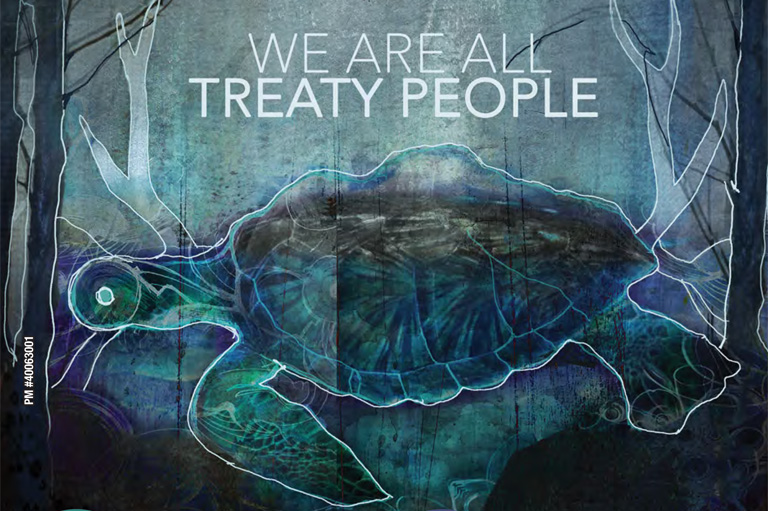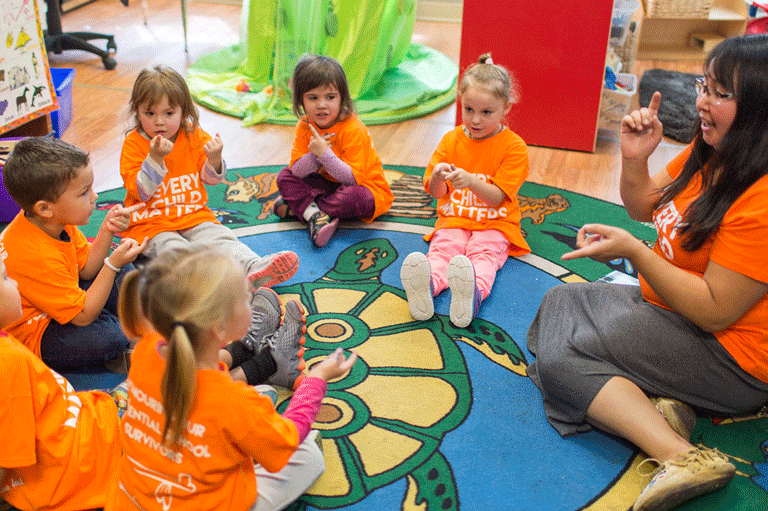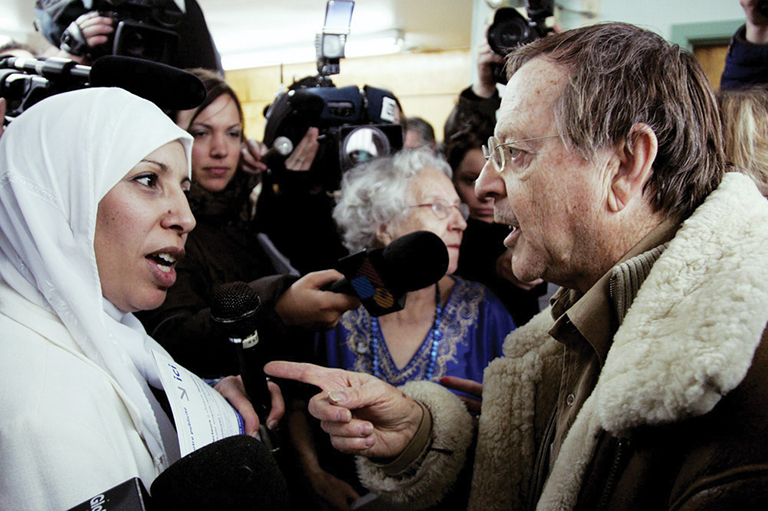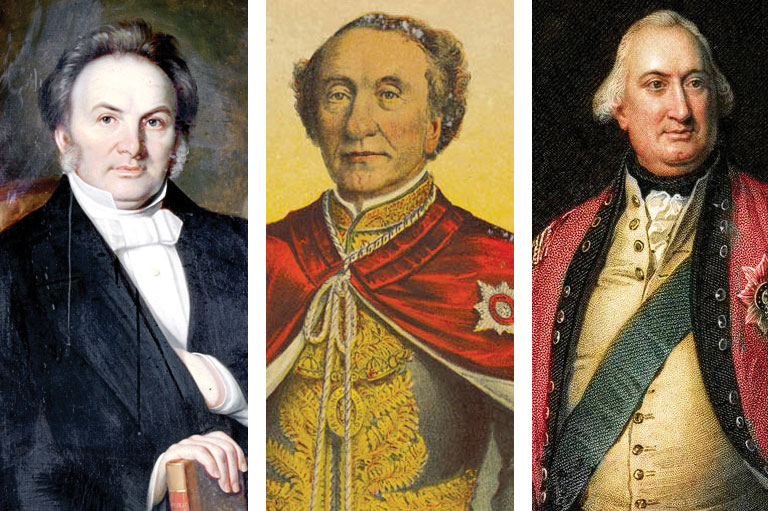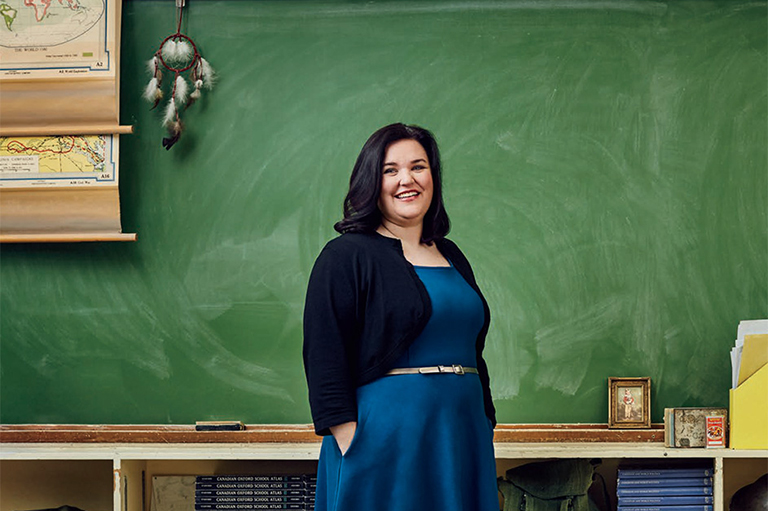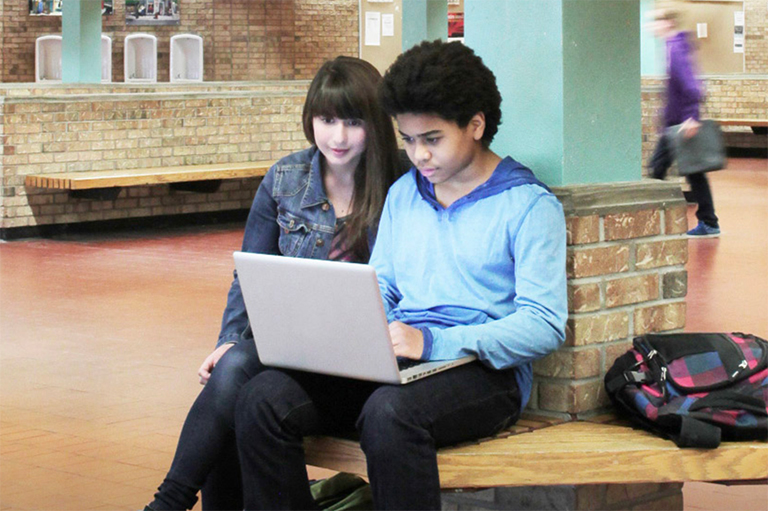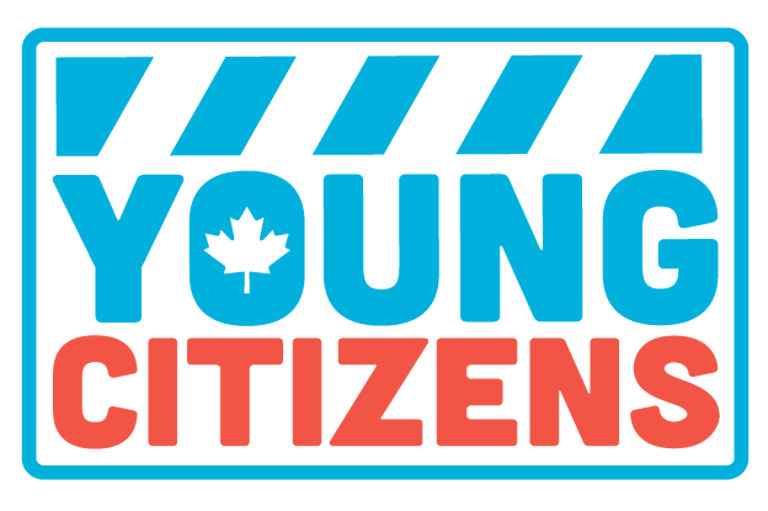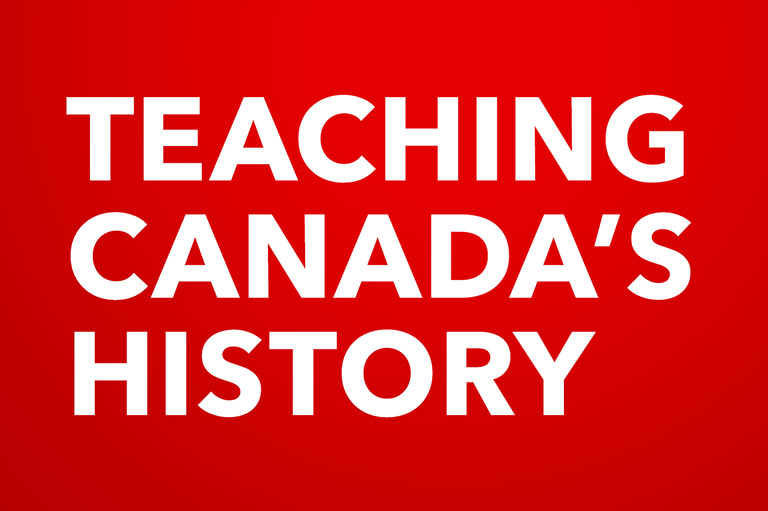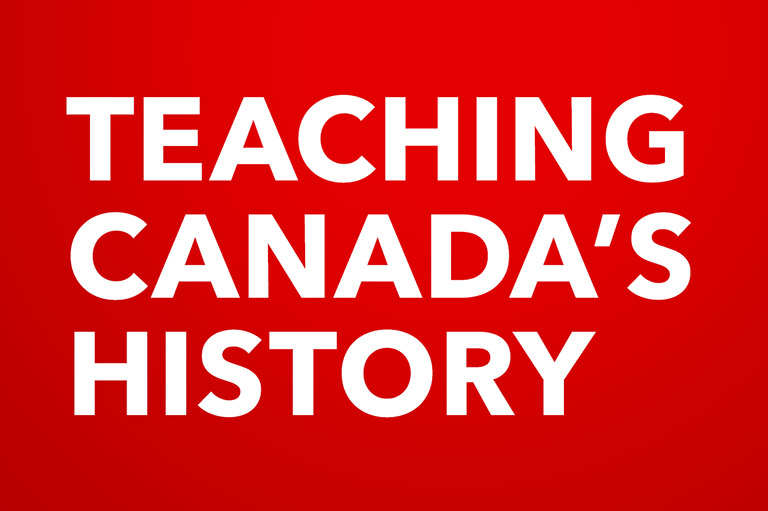Reassurance and Resilience
At the time of printing this issue of Canada’s History, the COVID-19 pandemic is spreading throughout the globe.
Canada is at the early stages of dealing with the virus, and everyday life has been altered immensely. We do not yet know when the crisis will pass and when life will return to normal.
For Canada’s youth, a major impact of the pandemic has been the closure of schools. Students have lost their daily routines, extracurricular activities, and access to safe spaces upon which many rely. Learning is being moved online, but this can’t replicate the full educational experience that students gain in our classrooms and schools.
Students often turn to their teachers in a time of crisis, and Canada’s History Society is doing the same.
To help us navigate this difficult situation, we’ve sought guidance from some of the past recipients of the Governor General’s History Award for Excellence in Teaching. How can history help us to better understand our world at such a time? How can we support our children during a time of exceptional change and disruption?
-
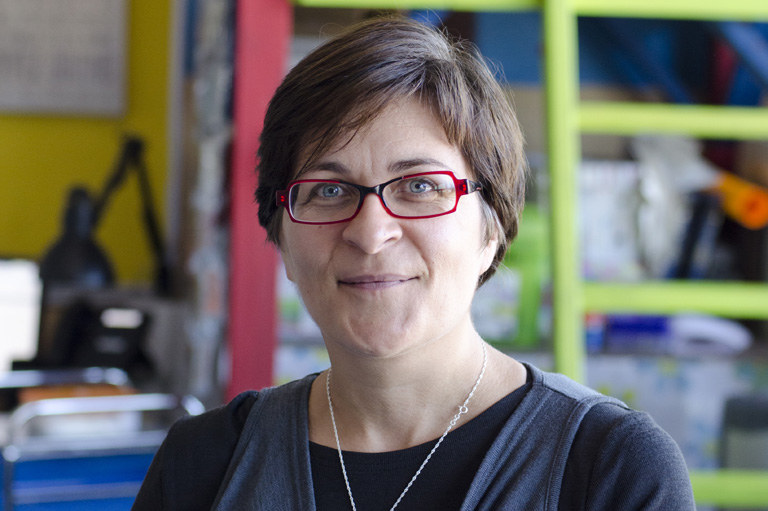 Manon St-Hilaire, recipient of the 2014 Governor General's History Award for Excellence in Teaching.
Manon St-Hilaire, recipient of the 2014 Governor General's History Award for Excellence in Teaching. -
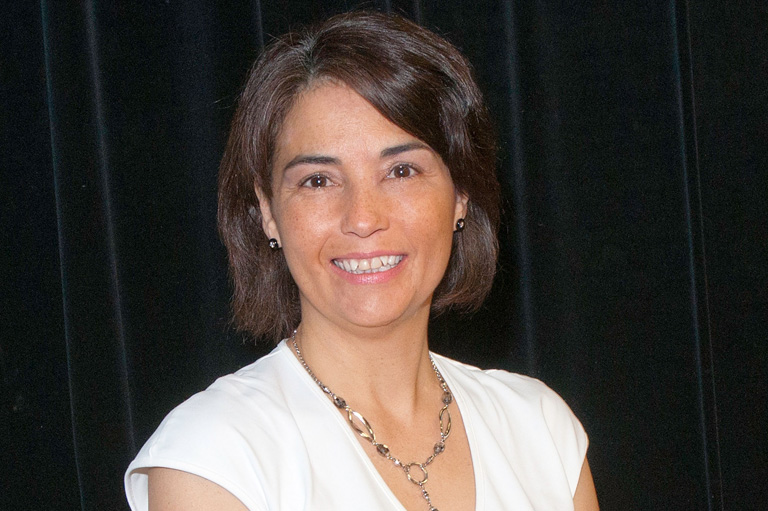 Lucie Jean-Mercier, recipient of the 2013 Governor General's History Award for Excellence in Teaching.
Lucie Jean-Mercier, recipient of the 2013 Governor General's History Award for Excellence in Teaching. -
 Rob Bell, recipient of the 2019 Governor General's History Award for Excellence in Teaching.
Rob Bell, recipient of the 2019 Governor General's History Award for Excellence in Teaching. -
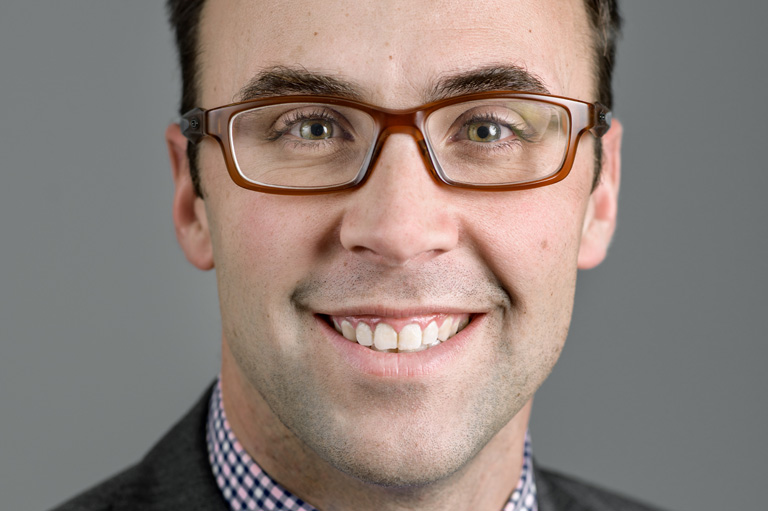 Armand Doucet, recipient of the 2017 Governor General's History Award for Excellence in Teaching.
Armand Doucet, recipient of the 2017 Governor General's History Award for Excellence in Teaching. -
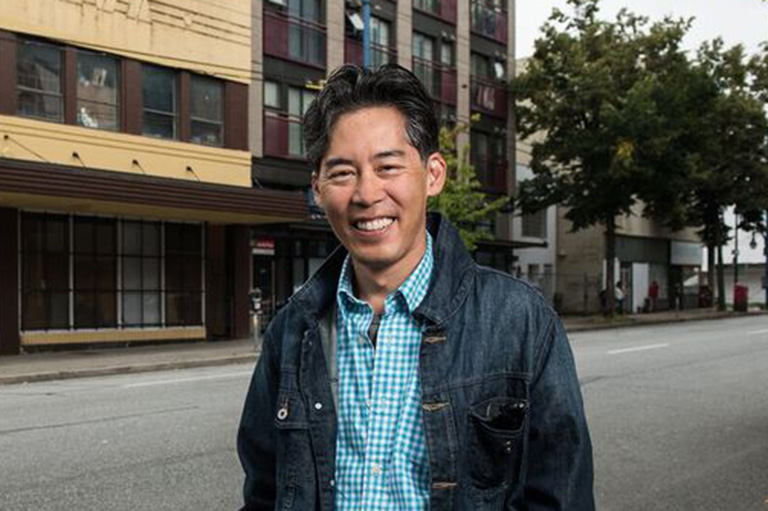 Greg Miyanaga, recipient of the 2006 Governor General's History Award for Excellence in Teaching.
Greg Miyanaga, recipient of the 2006 Governor General's History Award for Excellence in Teaching.
Many teachers noted that we can find echoes of this world in the past events that they teach about and share with students. The 1918–20 flu pandemic, also known as the Spanish flu, offers likely the most striking comparison. In Canada, it’s estimated that approximately fifty thousand people died from that pandemic, and life was similarly disrupted.
The Seven Oaks School Division in Winnipeg has created an online resource to help students think critically and historically about both the 1918–20 pandemic and the COVID-19 pandemic. To access the resource, go to: CanadasHistory.ca/7Oaks.
Manon St-Hilaire, who teaches at Ste-Thérèse-de-l’Enfant-Jésus school in Saint-Jérôme, Quebec, also sees parallels to the turmoil caused by the world wars, during which Canadians on the home front experienced enormous upheaval and restrictions on everyday life.
“It would be interesting to draw parallels [between these events],” St-Hilaire said, adding that we can explore themes of “solidarity, leadership, mourning, sacrifice, and fear.”
Some teachers wonder whether living through this historically significant event will help today’s students to feel closer to the past. Lucie Jean-Mercier, who teaches at l’Académie Lafontaine in Saint-Jérôme hoped that “historical consciousness will be transformed.” She noted that “the student now has an emotional reference point that will help reduce the distance between the past and the present.”
Rob Bell, who teaches at Dundas Central Public School in Dundas, Ontario, agreed. “Like many teachers around the world, I am not able to be with my students at this time,” he said. “If I was with my grade five and six students, I would ask each of them to watch and remember what they see and how they feel, and I would encourage them to record these observations each day.”
Above all else, however, teachers are committed to ensuring that the young people in their lives feel safe in this uncertain world. Armand Doucet, who teaches at Riverview High School in Riverview, New Brunswick, said that the most important thing teachers can do during times of crisis is to ensure that students feel a sense of love and belonging. “We need to think about the social connections for our students, especially for the younger age groups,” he said.
Greg Miyanaga teaches at Smiling Creek Elementary in Coquitlam, B.C.
He offered three ways we can support students during challenging times: providing reassurance by acknowledging children’s feelings and letting them know there are things they can do to help; offering resilience and resourcefulness by assuring them that we can all adapt to change, no matter how drastic or unexpected; and recreating community by taking care of each other and showing that we all still belong.
Canada’s History thanks all the teachers who have shared their advice for navigating these uncertain times.
Themes associated with this article
Advertisement

